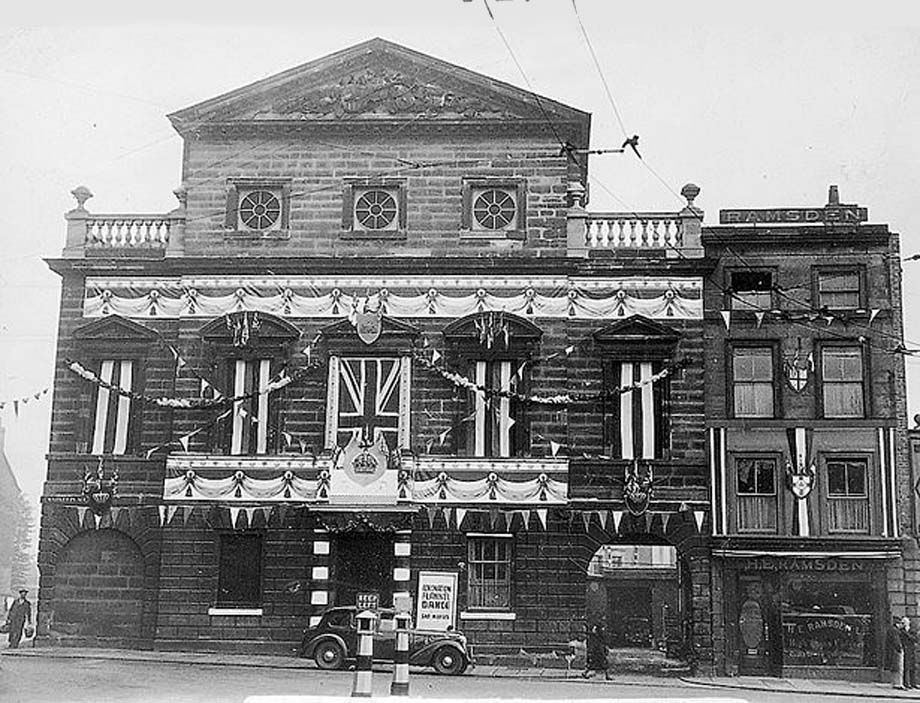
Derby's current Assembly Rooms building was preceded by two others, the first being a rather small venue that opened on Full Street in 1714.
For the sole use of a select few, "drawn from notable families", it wasn't long before a larger structure was needed.
Years later the building was transformed into a permanent theatre, known locally as the "Little Theatre in Full Street".
The second incarnation of the Derby Assembly Rooms was provided by the Duke of Devonshire on the north side of the Market Place and opened in 1755.
Widely regarded as one of Derby's finest buildings it was something of a trailblazer at the time, being popular with both men and women.
It's hard to believe now, but it was unusual in that era for both sexes to mingle at a public entertainment venue at the same time.
There were authoritarian rules on dress and single women needed to be chaperoned.
In 1939 the rooms were used for Second World War medical examinations, part of the enlisting procedure, with the venue later being used for social events such as ballroom dancing.
This version of the Assembly Rooms was destroyed by an inferno in 1963, but its stone facade was re-built at Crich Tramway Museum, now Crich Tramway Village, near Matlock.
Paul Speed.
 Article abridged.
Article abridged.(likely no image with original article)
(usually because it's been seen before)
provisions in Section 29 of the
Canadian Copyright Modernization Act.


